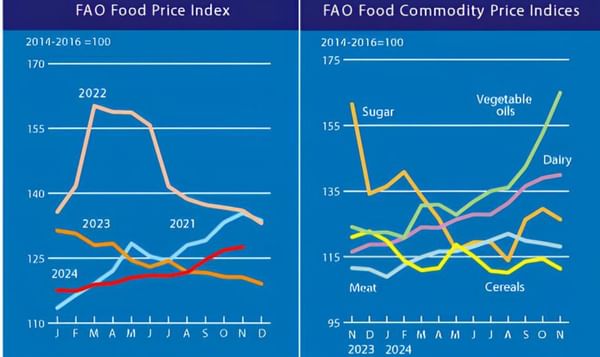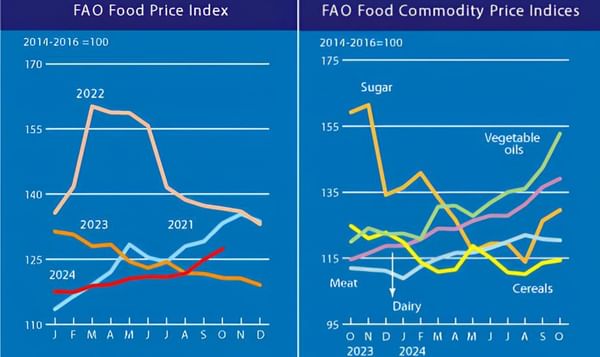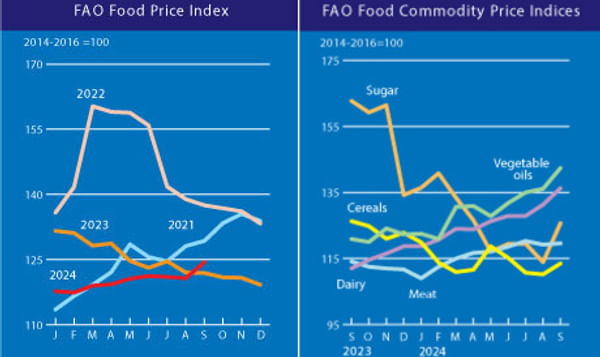Agricultural Research Service (ARS), part of U.S. Department of Agriculture (USDA)
ARS is breeding more heart healthy (high oleic) soybean lines
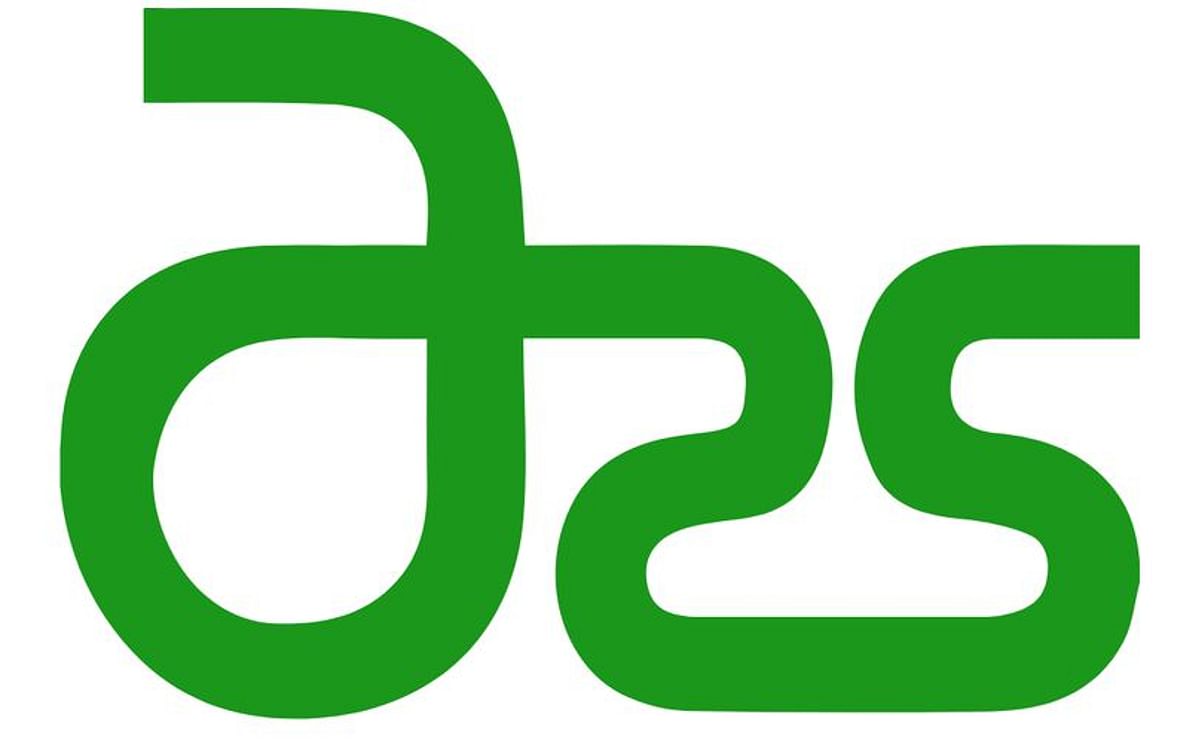
Products made from soy oil stand to benefit from two new germplasm lines that produce high levels of oleic acid, according to U.S. Department of Agriculture (USDA) and university scientists.
According to molecular biologist Kristin Bilyeu with USDA's Agricultural Research Service (ARS) in Columbia, Mo., increasing soy oil's level of the monounsaturated fat can avoid resorting to hydrogenation. Besides converting liquid oil into a solid, like margarine, hydrogenation helps to improve shelf life and product quality. But it also generates trans-fats, which alter the body's blood cholesterol levels, producing more of the "bad" LDL cholesterol than the "good" HDL cholesterol.
In 2008, soy oil accounted for 70 percent of all edible oils and fats consumed in America, underscoring the importance of reducing trans-fats in cooking, baking and deep-frying applications. Increasing the oil's oleic acid may offer industrial benefits, too, like improving cold-weather engine performance when using soy-based biodiesel, notes Bilyeu, with the ARS Plant Genetics Research Unit in Columbia. ARS is the principal intramural scientific research agency of USDA.
In a new issue of BMC Plant Biology, Bilyeu and colleagues Anh Pham Tung, Jeong Dong Lee and J. Grover Shannon report their identification and use of a mutant pair of alleles, or gene copies, to bolster soy's oleic-acid production.
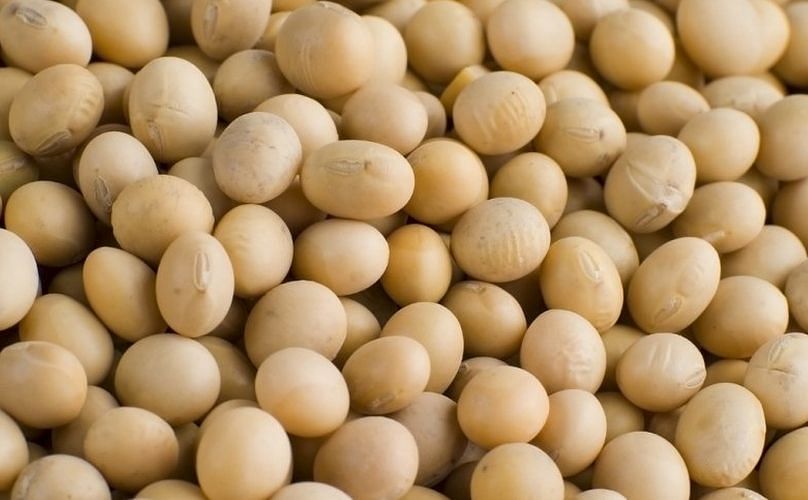
Soybeans
Other research groups have successfully used transgenic methods such as gene silencing to increase soy's oleic-acid levels. But the ARS-university team used classical plant breeding instead, "endowing" their soy lines with two mutant alleles for the gene FAD2.
Normally, its orchestration of biochemical events in soybean seed favors production of linoleic acid and other unsaturated fatty acids. However, combining the two naturally occurring variant alleles (FAD2-1A and FAD2-1B) reversed the situation, generating more oleic acid.
Field trials in Missouri and Costa Rica indicate the soy lines' oleic-acid production can stay fairly constant across diverse growing conditions.
Additional tests are planned.



